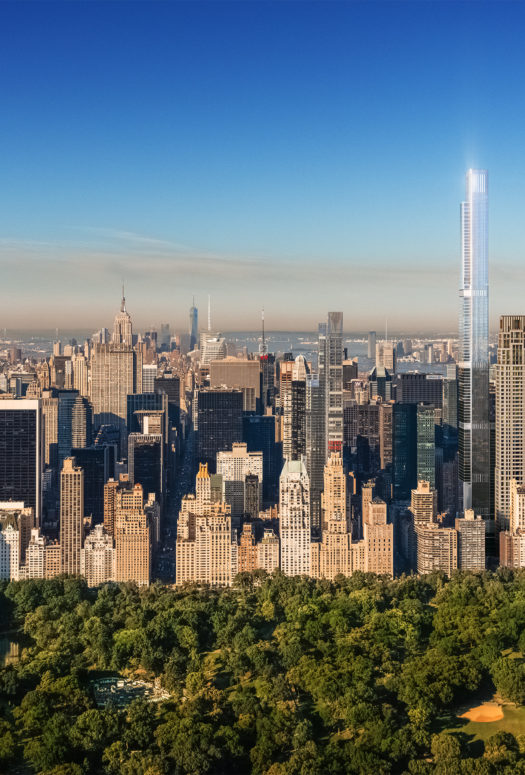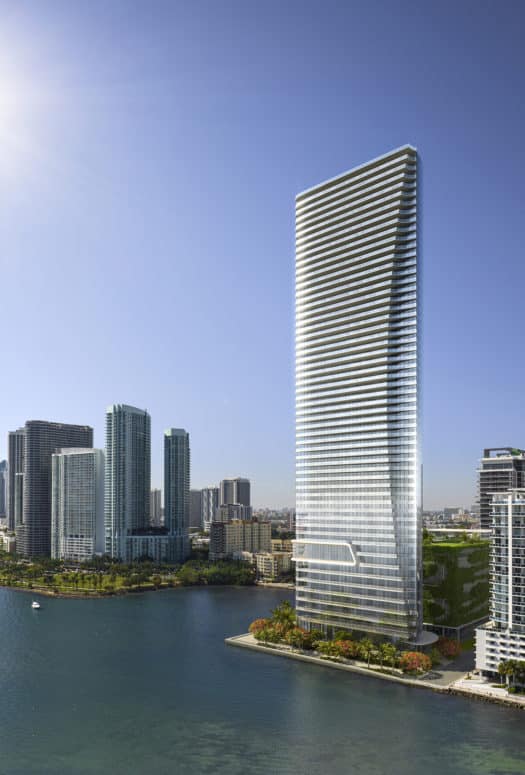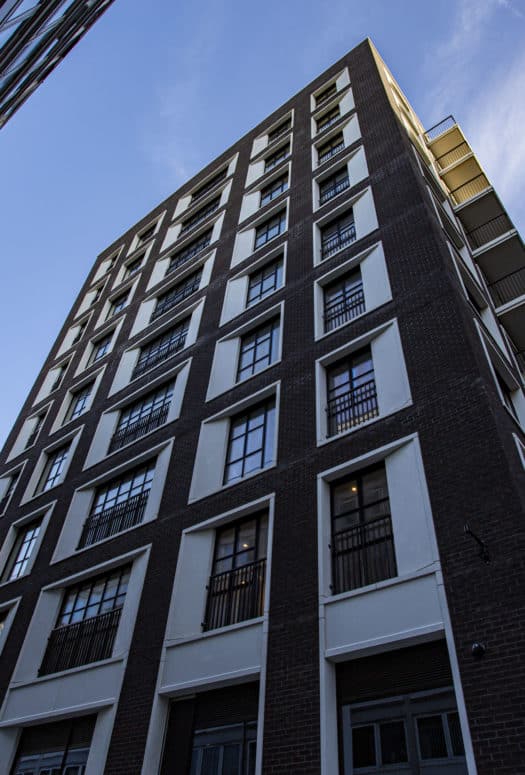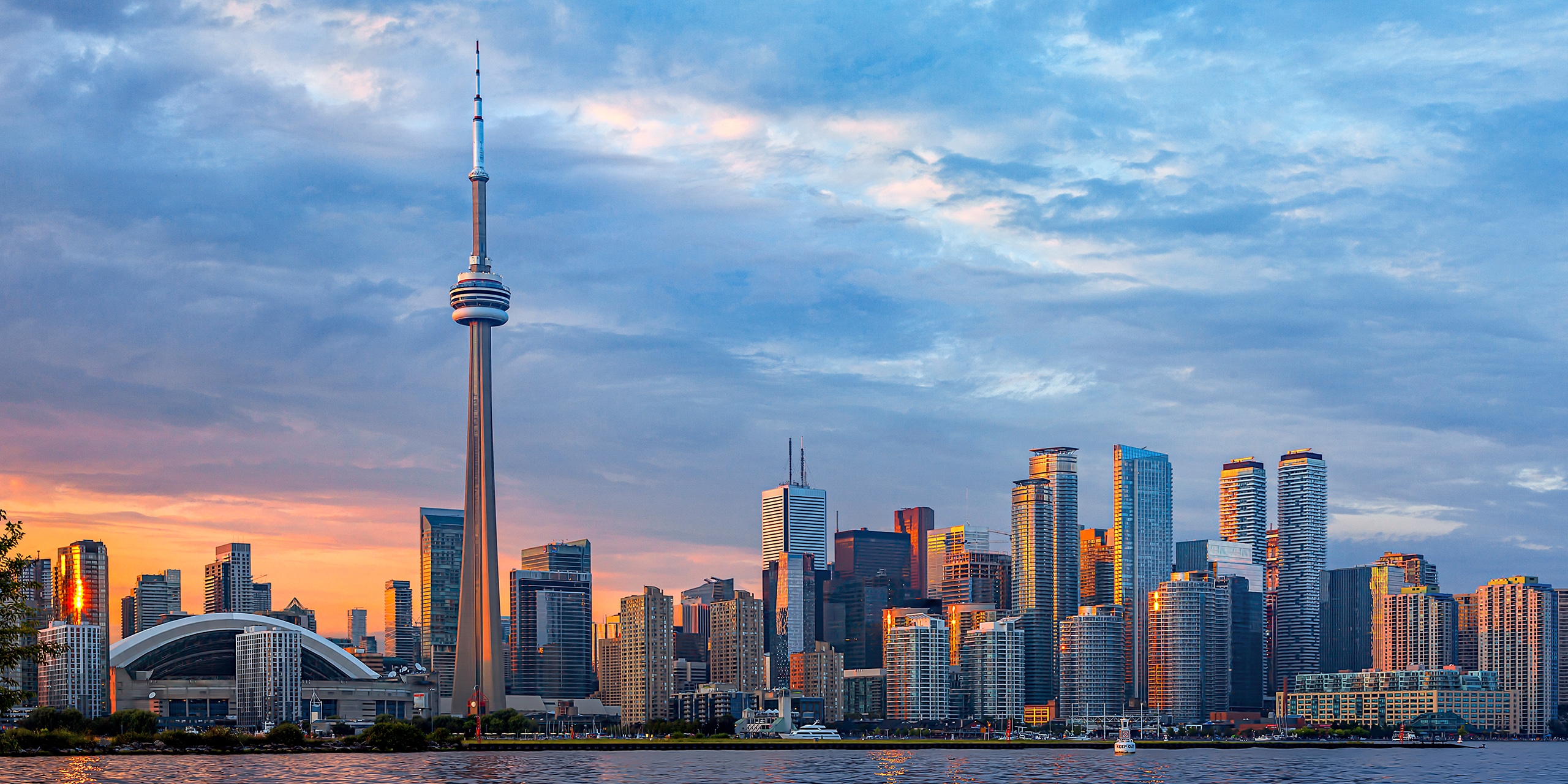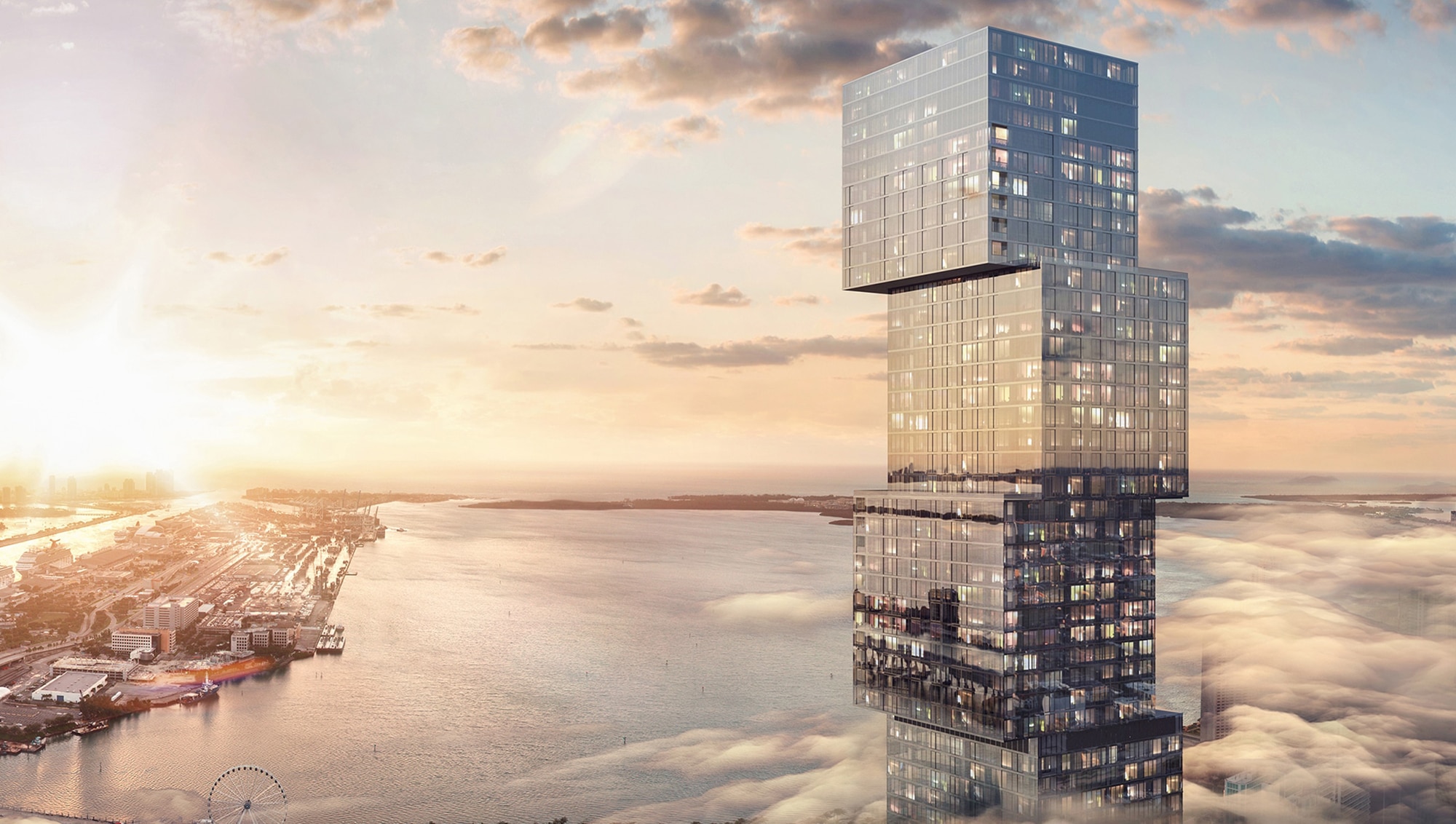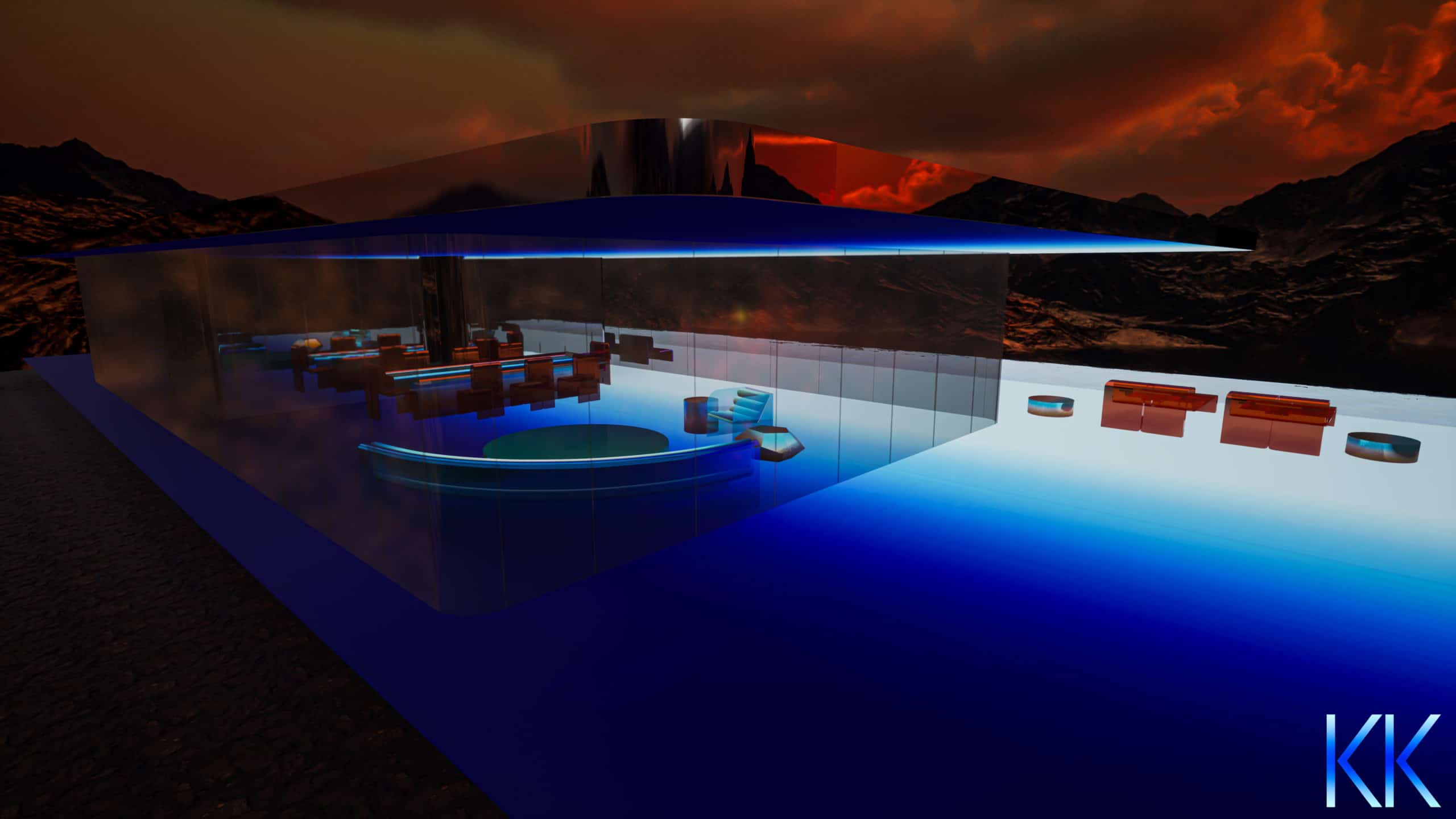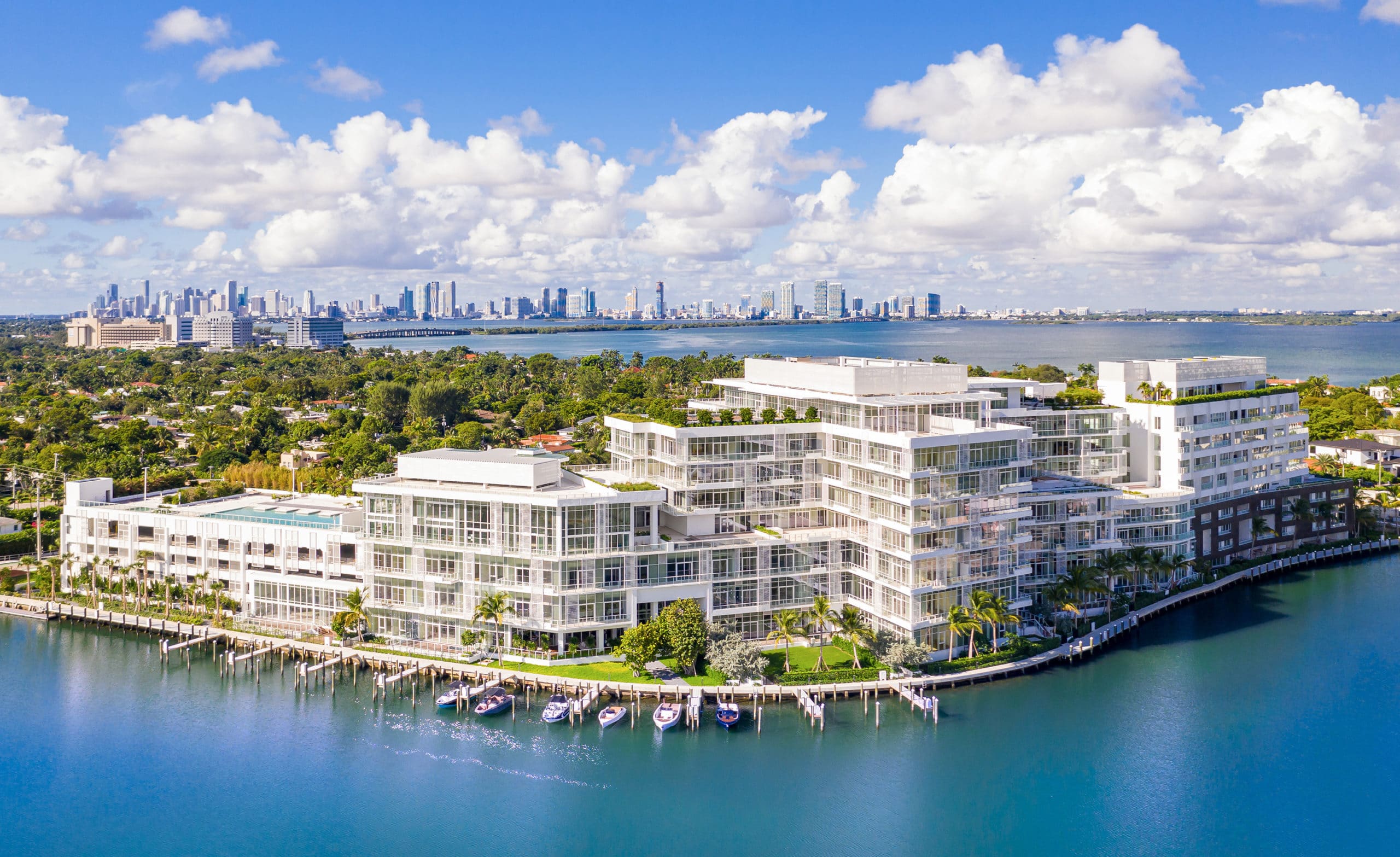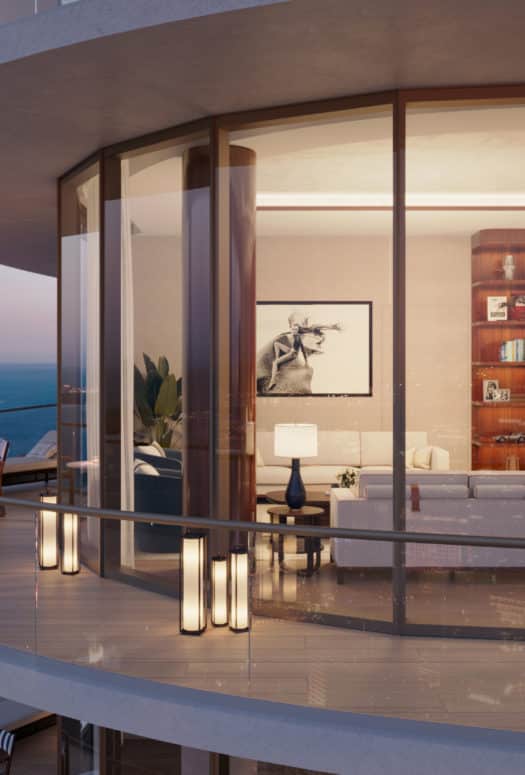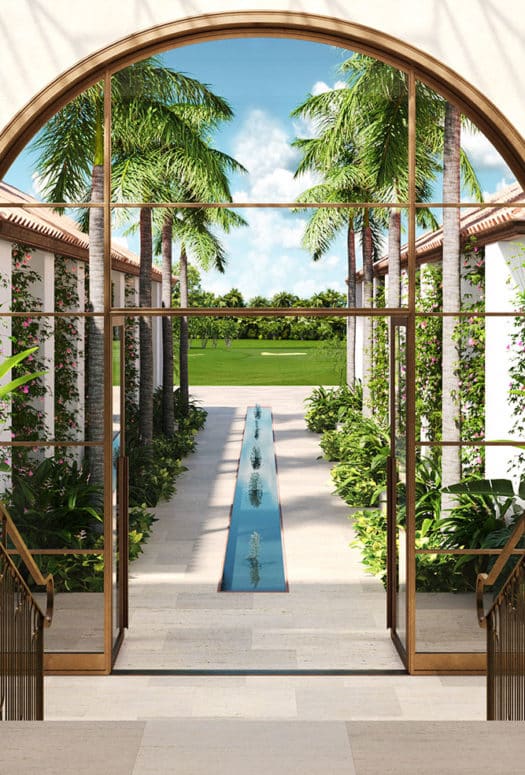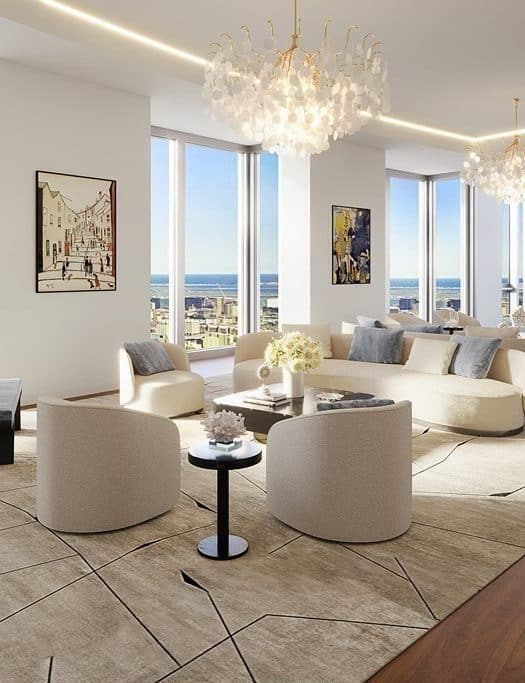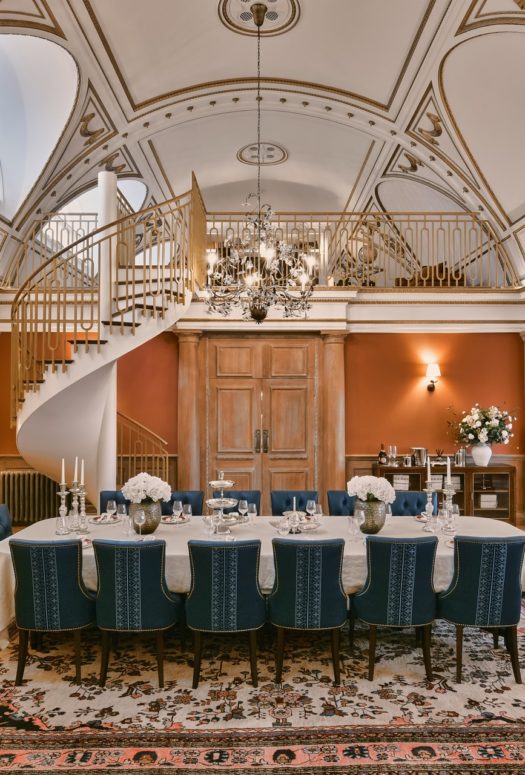Four Real Estate Trends That Defined 2021
By: Zoe Rosenberg
Luxury real estate had quite the year: from the continued boom in high-end markets across the world to the ongoing virtual land grab, 2021 was defined by trends that put an emphasis on the importance of the home. The pandemic continued to define tastes in amenities, with health and seclusion from the larger world giving shape to the most desired building additions. Read on for the four trends that steered the conversation on luxury real estate this year.
The Pandemic-Era Luxury Real Estate Boom Continues
The luxury real estate boom that began in 2020 carried into 2021, with prime properties selling at a rapid clip the world over. In 2021, 85% of the 46 cities tracked by Knight Frank’s Prime Global Cities Index—including Seoul, Shanghai, Moscow, and Toronto—saw prices increase in the year between September 2020 and September 2021. But for the first time since Knight Frank began the index in 2007, Miami led the pack with the fastest-rising prices in the prime market—defined as the top 5% of real estate in a given region—according to the report, which credits the “hunt for larger accommodation, coastal living, and Florida’s low taxes,” as well as the ability to work remotely, for the region’s flourishing high-end market.
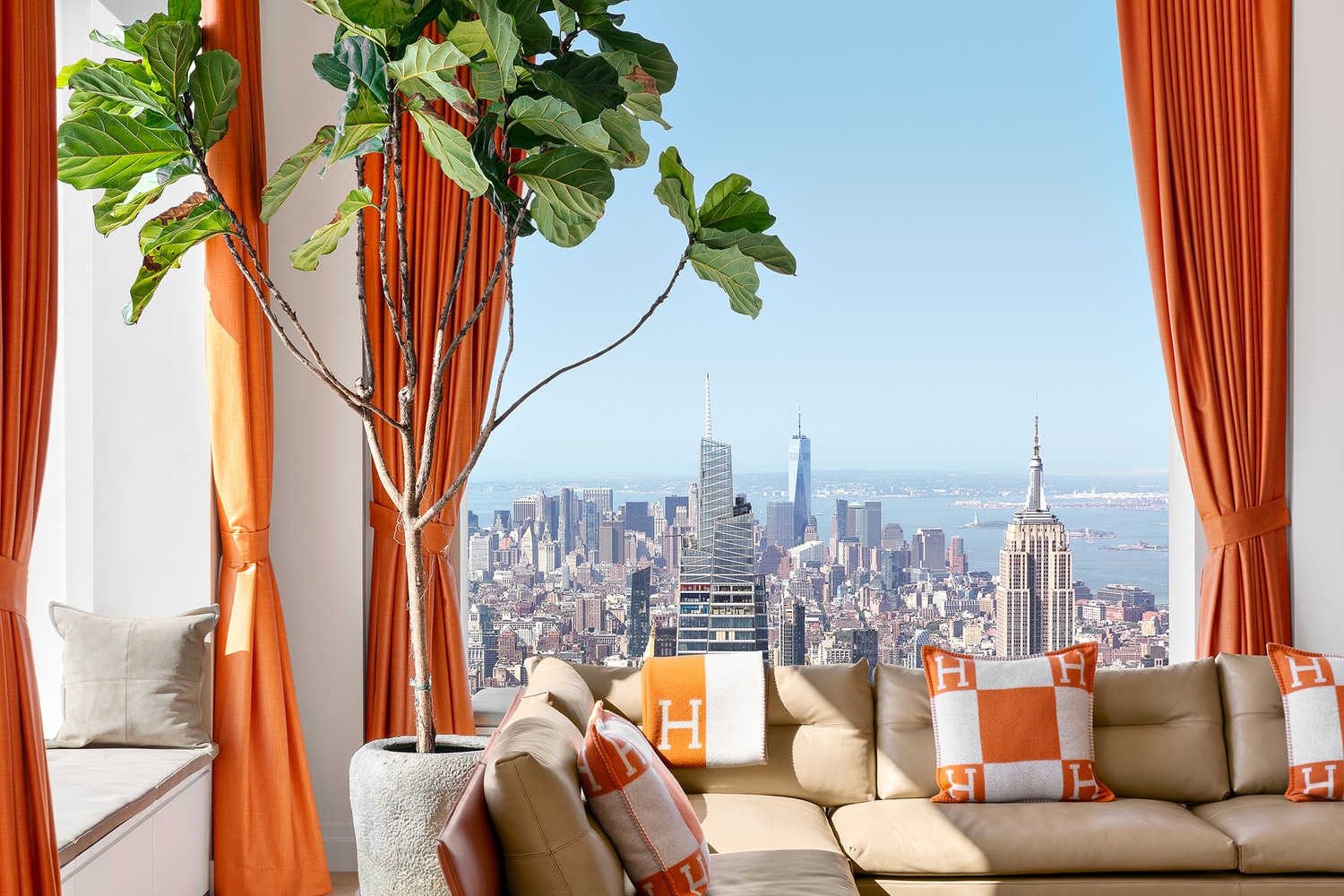 Photo Credit: DDReps - Donna Dotan
Photo Credit: DDReps - Donna Dotan
The second half of the year was a proving ground for how 2021 in real estate would be remembered: in the Greater Toronto Area, condominium sales reached a new record in Q3, with 7,773 new residences trading. In the same three-month period, sales in the City of Toronto grew by a massive 40%, nodding to its status as the fastest-growing condominium market in North America.
In New York, contracts for Manhattan new development residences priced over $4 million rose precipitously in October. According to a report from real estate data sites Marketproof and UrbanDigs, deals for these high-tier residences rose by 352% year-over-year in October, from 21 sales in October 2020 to 95 in October 2021. The median asking price in Manhattan also saw a jump to $3.6 million in October, representing a 71% increase year-over-year and a 52% increase from September.
The year’s blockbuster listings and sales also give credence to the red-hot luxury market, from a $169 million penthouse listed at 432 Park Avenue to the $22.8 million sale in cryptocurrency of an Arte Surfside penthouse.
Luxury Branded Residences Made Their Mark
What do names like Waldorf Astoria, Missoni, Mandarin Oriental, and Bentley have in common? They’re all synonymous with opulence, sure, but they also all grew their luxury branded residence presence in 2021.
In March, Waldorf Astoria launched sales from $1 million on its forthcoming Miami residences, housed in what will become the tallest residential building south of Manhattan at 1,049 feet. Due to break ground in 2022, Waldorf Astoria Residences Miami will represent the luxury hospitality brand’s first foray into the Miami market (which is right on cue for the area’s prime real estate boom). Bentley is also debuting in South Florida, with the April announcement that it will bring its first branded residences, priced from $4 million, to Sunny Isles Beach come 2026. In August, Missoni Baia, the Italian design and fashion house’s first branded residence, topped out at 57 stories. It will welcome residents in 2022.
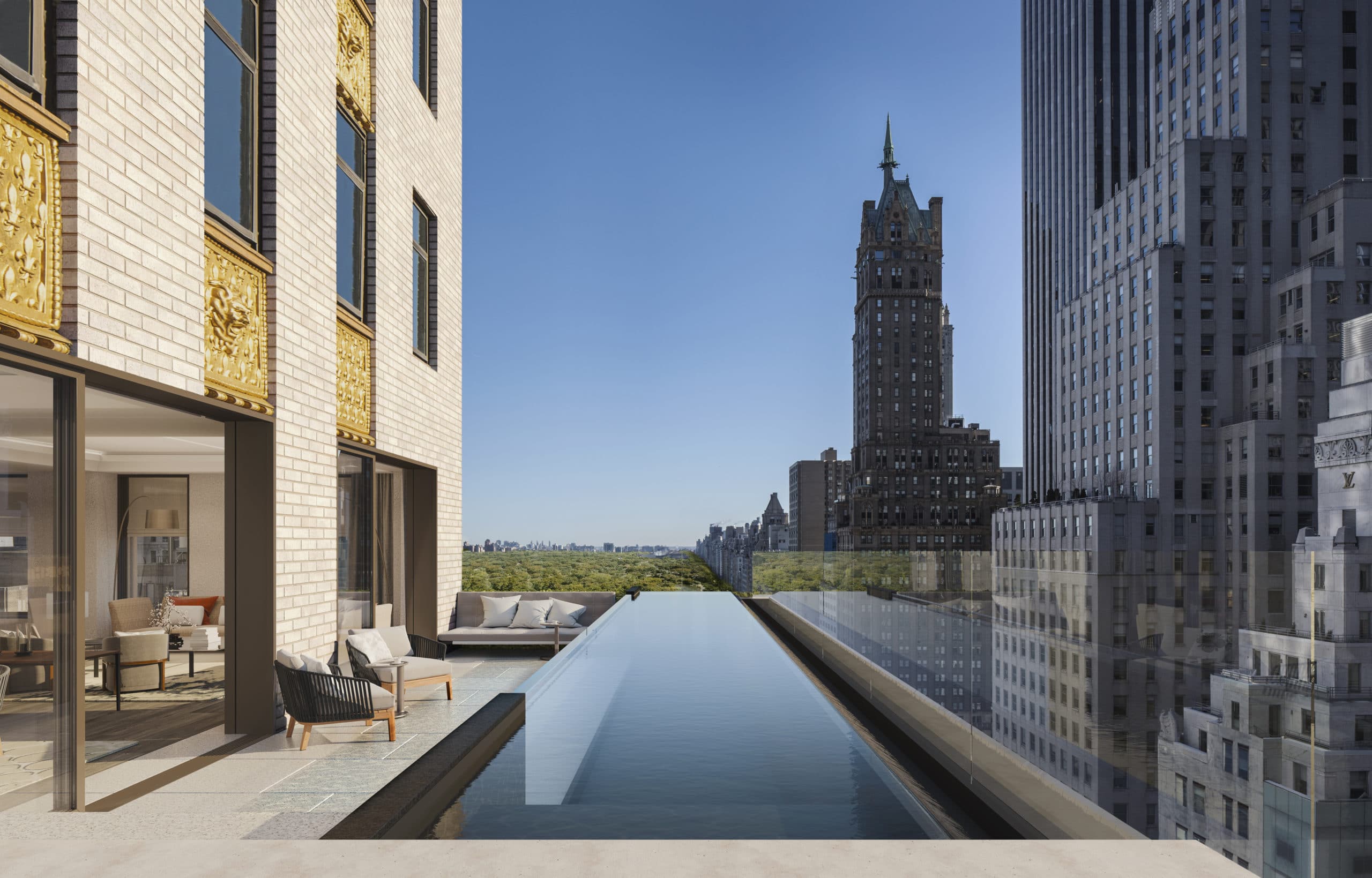
The Waldorf Astoria brand continued its residential expansion in New York, where the iconic hotel is undergoing a partial condominium conversion to become The Towers of the Waldorf Astoria. Also in New York, hospitality brand Aman Resorts pushed forward with its partial residential conversion of the landmarked Crown Building into 22 condominiums, where dwellers will enjoy unfettered access to the amenities of the Aman Hotel on the building’s lower floors. Mandarin Oriental also hopped in on the trend when it announced in early December that it, too, would bring 69 branded residences to the city, priced between $2.5 million and $15 million. The building’s penthouse collection will be announced at a later time.
The Four Seasons debuted its luxury residences in San Francisco this May after over a decade in the works. The 146-condominium project, which is spread between a new glass- and stone-clad high-rise by Handel Architects and the fully restored 10-story Aronson Building that dates to 1903, is also home to a grand penthouse that, as of May, was the city’s priciest condominium, listing at $49 million, according to KPIX.
The Virtual Real Estate Land Grab Begins
Ah, yes, 2021: the year everybody learned what an NFT was. In March, a digital collage by the artist known as Beeple sold for $69 million at auction, setting a record for the costliest sale of an artwork that exists only digitally. Equally notable is how the artwork was created: as a nonfungible token, or NFT. The sale ignited the public consciousness about the possibilities of NFTs, and not long after, real estate came into play.
In April, the “first NFT digital house in the world” sold on the online marketplace SuperRare. The work by artist Krista Kim, called Mars House, was purchased for 288 of the cryptocurrency Ether, or roughly $512,000, Dezeen reported at the time. Mars House is a 3D digital house that can be experienced in virtual reality. “Soon, we will all live in [augmented reality, which adds virtual elements to images of the real world] through our real environments using SuperWorld, a new app that has mapped the entire world for AR interface,” Kim told Dezeen.
Not long after, Facebook announced that it changed its name to Meta, stating that its goal was to “bring the metaverse to life.” Cue the digital real estate land grab. In early December, a virtual plot of land in the online world Decentraland sold for $2.4 million, setting a record for the priciest purchase on the platform. The buyer, a subsidiary of Tokens.com called “Metaverse Group,” made the purchase on Decentraland’s “Fashion Street” area, where the group plans to host digital fashion shows and sell virtual clothing for avatars. It is, to put it one way, a whole new world.
Social Distancing Creates New In-Demand Amenities
From on-site educational classes for children at a time of remote learning to private marinas that get residents on the water hassle-free, the COVID-19 pandemic has certainly shaped what amenities luxury condominium buyers are clamoring for. Easy access to private outdoor space, especially in dense cities like New York, became a must-have. Ryoko Okada, Principal and Director of Interior Architecture at New York-based firm ODA, told LX Collection that some clients are requesting the addition of balconies or work-from-home flex space to their projects as the pandemic continues to affect living trends.
Shared amenities are also taking new forms. As health remained top-of-mind throughout the year, on-property concierge medical care and wellness centers emerged as a must-have in the Miami market. Across the United States, exclusive residents-only bars also made their mark as people sought out safer and more comfortable ways to gather and socialize. And verdant on-site oases took on new significance as social distancing remained the norm.


